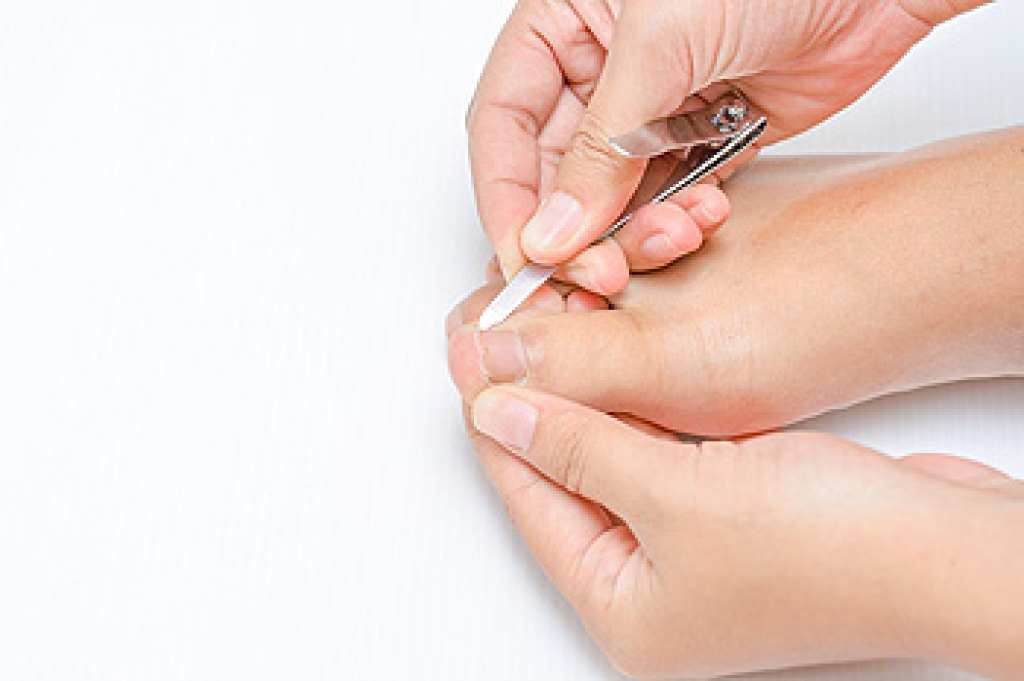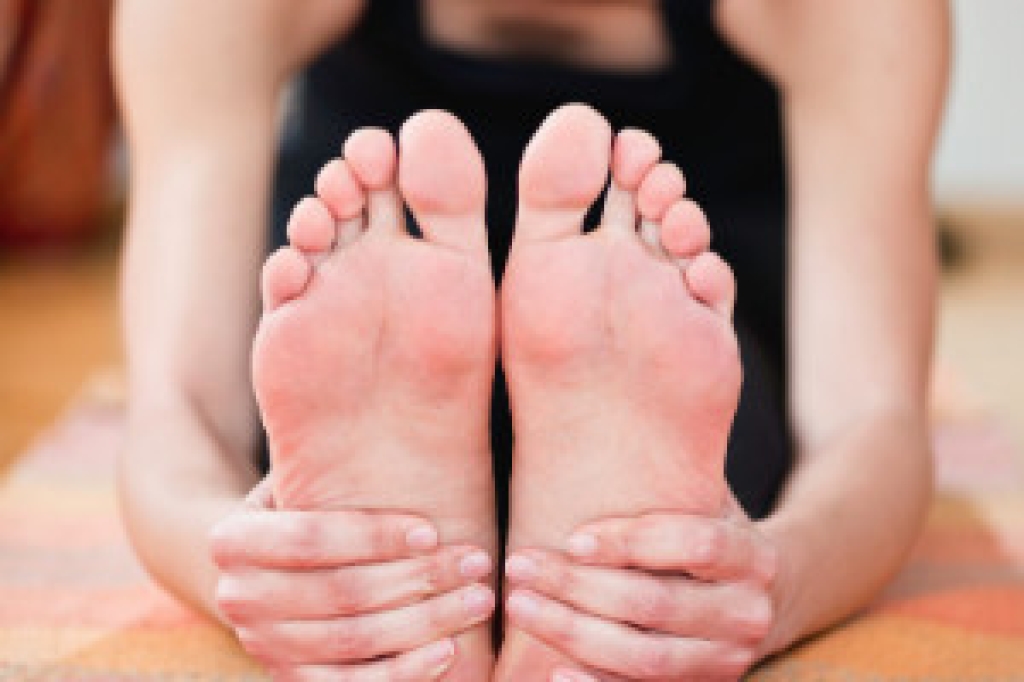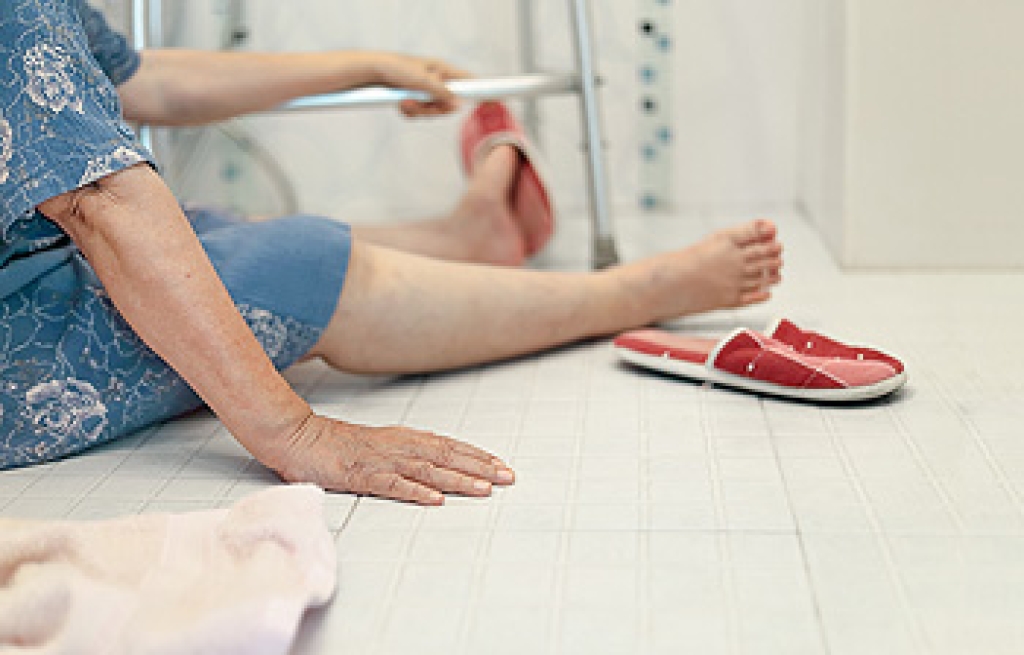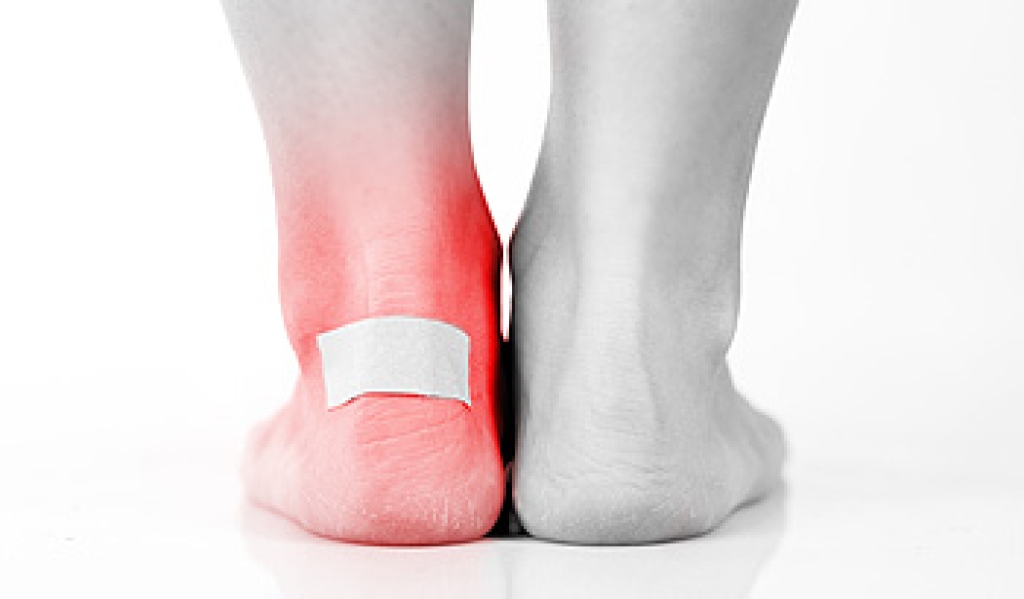 Ingrown toenails are nails that have grown into the surrounding skin due to a variety of reasons. Some of these include cutting the nails too short, wearing tight-fitting shoes, and damaging the toe through trauma. In most cases, an ingrown toenail is not too serious and can be treated at home. Toe protectors, antibiotic ointments, and washing your feet can all help speed up recovery and stave off infection. To help prevent ingrown toenails, be sure to wear shoes that are properly fitted and provide enough room for your toes. When you clip your toenails, cut them straight across to help prevent them from growing into the skin. Seeing a podiatrist is highly recommended, as a podiatrist can provide better treatment options .If you are diabetic, it is strongly recommended that you see a podiatrist as the risk of infection is greatly heightened.
Ingrown toenails are nails that have grown into the surrounding skin due to a variety of reasons. Some of these include cutting the nails too short, wearing tight-fitting shoes, and damaging the toe through trauma. In most cases, an ingrown toenail is not too serious and can be treated at home. Toe protectors, antibiotic ointments, and washing your feet can all help speed up recovery and stave off infection. To help prevent ingrown toenails, be sure to wear shoes that are properly fitted and provide enough room for your toes. When you clip your toenails, cut them straight across to help prevent them from growing into the skin. Seeing a podiatrist is highly recommended, as a podiatrist can provide better treatment options .If you are diabetic, it is strongly recommended that you see a podiatrist as the risk of infection is greatly heightened.
Ingrown toenails can become painful if they are not treated properly. For more information about ingrown toenails, contact one of our podiatrists of APEX Foot & Ankle Center. Our doctors can provide the care you need to keep you pain-free and on your feet.
Ingrown Toenails
Ingrown toenails occur when a toenail grows sideways into the bed of the nail, causing pain, swelling, and possibly infection.
Causes
- Bacterial infections
- Improper nail cutting such as cutting it too short or not straight across
- Trauma to the toe, such as stubbing, which causes the nail to grow back irregularly
- Ill-fitting shoes that bunch the toes too close together
- Genetic predisposition
Prevention
Because ingrown toenails are not something found outside of shoe-wearing cultures, going barefoot as often as possible will decrease the likeliness of developing ingrown toenails. Wearing proper fitting shoes and using proper cutting techniques will also help decrease your risk of developing ingrown toenails.
Treatment
Ingrown toenails are a very treatable foot condition. In minor cases, soaking the affected area in salt or antibacterial soaps will not only help with the ingrown nail itself, but also help prevent any infections from occurring. In more severe cases, surgery is an option. In either case, speaking to your podiatrist about this condition will help you get a better understanding of specific treatment options that are right for you.
If you have any questions, please feel free to contact our offices located in Fort Myers, Shellpoint, and Naples, FL . We offer the newest diagnostic and treatment technologies for all your foot care needs.




